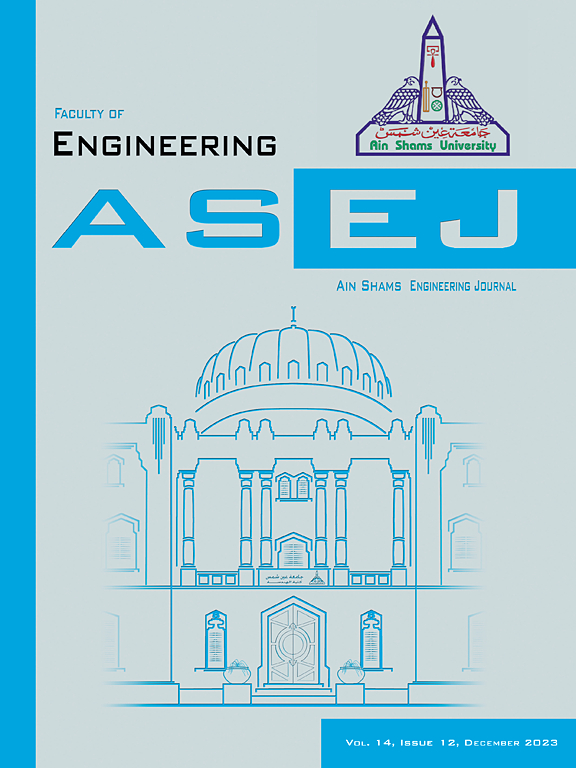自行车选择:用机器学习方法了解大学生对自行车的态度
IF 5.9
2区 工程技术
Q1 ENGINEERING, MULTIDISCIPLINARY
引用次数: 0
摘要
本研究调查了影响大学生对微型移动解决方案偏好的因素,特别关注发展中国家的传统自行车和电动自行车(e-bikes)。尽管全球都在努力促进骑自行车,但由于安全问题、经济障碍和缺乏基础设施,在巴勒斯坦等地区,微型交通工具的使用率仍然很低。为了解决这一差距,我们采用机器学习技术、随机森林和k-means聚类来分析来自安纳杰国立大学1061名学生的调查数据。该分析强调了性别、汽车拥有量、日常交通方式等因素在塑造偏好、安全观念和采用微移动选择意愿方面的作用。随机森林模型提供了对最具影响力的变量的见解,而聚类分析将个体划分为不同的群体,从而可以更有针对性地理解微流动性行为。结果表明,日常交通方式是影响安全感知和偏好的最显著因素。性别和汽车拥有量也成为重要因素,影响了人们采用微型交通工具的意愿以及在自行车和电动自行车之间的偏好。敏感性分析通过测量关键变量的微小变化对预测的影响来评估模型的稳健性。使用准确性、特征重要性和敏感性分析对模型进行评估。随机森林在预测偏好方面达到了78.3%的准确率,突出显示日常模式选择是最具影响力的变量。研究结果为政策制定者和城市规划者提供了切实可行的见解,特别是在巴勒斯坦等经济和基础设施挑战影响微型交通解决方案采用的发展中国家。本文章由计算机程序翻译,如有差异,请以英文原文为准。
Bicycle choice: machine learning approach to understanding university students’ attitudes toward cycling
This study investigates the factors influencing university students’ preferences for micro-mobility solutions, with a specific focus on conventional bicycles and electric bikes (e-bikes) in developing country context. Despite global efforts to promote cycling, micro-mobility adoption remains low in regions like Palestine due to safety concerns, economic barriers, and lack of infrastructure. To address this gap, we employ machine learning techniques, Random Forest and k-means clustering, to analyze survey data from 1,061 students at An-Najah National University. The analysis highlighted the role of factors such as gender, car ownership, daily transport mode in shaping preferences, safety perceptions, and willingness to adopt micro-mobility options. The Random Forest model provided insights into the most influential variables, while the clustering analysis segmented individuals into distinct groups, allowing for a more tailored understanding of micro-mobility behavior. The results showed that the daily transport mode is the most significant factor affecting safety perceptions and preference. Gender and car ownership also emerged as important factors, influencing willingness to adopt micro-mobility and preferences between bicycles and e-bikes. Sensitivity analysis was employed to evaluate the robustness of the models by measuring the impact of small changes in key variables on predictions. The models were evaluated using accuracy, feature importance, and sensitivity analysis. Random Forest achieved an accuracy of 78.3% in predicting preferences, highlighting daily mode choice as the most influential variable. The results offer practical insights for policymakers and urban planners, particularly in developing countries like Palestine, where economic and infrastructural challenges affect the adoption of micro-mobility solutions.
求助全文
通过发布文献求助,成功后即可免费获取论文全文。
去求助
来源期刊

Ain Shams Engineering Journal
Engineering-General Engineering
CiteScore
10.80
自引率
13.30%
发文量
441
审稿时长
49 weeks
期刊介绍:
in Shams Engineering Journal is an international journal devoted to publication of peer reviewed original high-quality research papers and review papers in both traditional topics and those of emerging science and technology. Areas of both theoretical and fundamental interest as well as those concerning industrial applications, emerging instrumental techniques and those which have some practical application to an aspect of human endeavor, such as the preservation of the environment, health, waste disposal are welcome. The overall focus is on original and rigorous scientific research results which have generic significance.
Ain Shams Engineering Journal focuses upon aspects of mechanical engineering, electrical engineering, civil engineering, chemical engineering, petroleum engineering, environmental engineering, architectural and urban planning engineering. Papers in which knowledge from other disciplines is integrated with engineering are especially welcome like nanotechnology, material sciences, and computational methods as well as applied basic sciences: engineering mathematics, physics and chemistry.
 求助内容:
求助内容: 应助结果提醒方式:
应助结果提醒方式:


